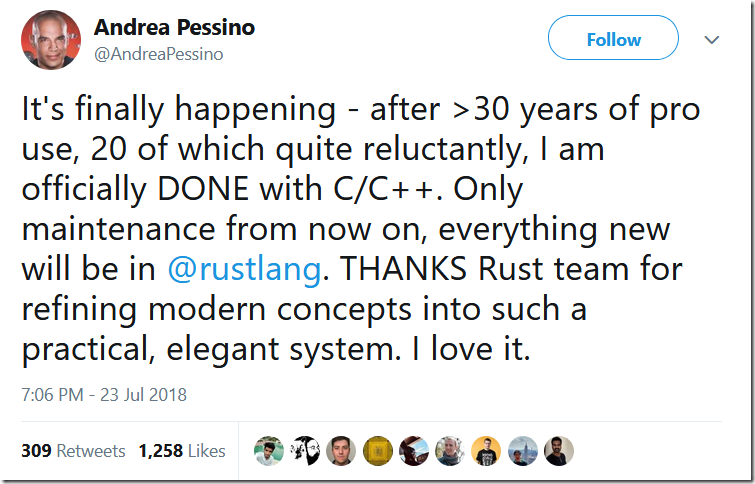Plus, he's put a wealth of top-notch (and free) tools on the CD-ROM, including the Dev-C compiler, linker, and debugger-and his own LlamaWorks2D game engine. Step-by-step instructions and ample illustrations take you through game program structure, integrating sound and music into games, floating-point math, C arrays, and much more.
The C++ Game Development Templates Library
What is it?
The Game Development Templates (GDT) is a minimal gamedevelopment toolkit written mostly as a set of generic modern C++ templates.
Built for freedom
GDT is designed to allow easy switching between different libraries forgraphics, audio, physics and other game backends.While still being work-in-progress, GDT currently supports GLFW or SDL, OpenGL,OpenAL and Bullet physics. Vulkan and Newton support is coming soon, followedby the yet to be chosen network backends.
Here's how you specify a GDT application with a set of changable backends:
Soon you would be able to change this set completely,without changing other parts of your game code.

Built for coding
In GDT, your C++ code is your main game modeling environment.Any other tools are considered peripherial. You will use standard C++constructs to model your game assets, materials, scenes and animations.You choose your editor or IDE, you choose your project structure andeverything is visible and controllable:
GDT also prefers structuring things in compile time rather than runtime.This is done through using templates, static polymorphism, CRTP and other nastytricks. The general idea is that it's faster to parse through a compiler's errormessage (even ones involving templates) than debugging a misbehavior in runtime.

Built for tomorrow
GDT is using modern C++, applying smart (cough, arsed, cough..) techniques where it makes sense,while holding back from over-using the language where it isn't.
Built for you
GDT prefers your code readability on the expense of its inner complexity.Game developers should be able to read their code easily, without parsingthrough forced and obscured code constructs. GDT tries to follow this guidelineas much as possible.
For example, here's how you use a shader pipeline to render stuff:
Screenshots
skeletal_animation.cc
physics_instancing.cc
Call for help
GDT is far from being ready. It needs people like you whoshare the vision of having templates-based C++ game engine and who cansubmit pull requests with cool new features, sample code or documentationimprovements. No contribution is too small!
The C++ Game Development Templates Library
What is it?
The Game Development Templates (GDT) is a minimal gamedevelopment toolkit written mostly as a set of generic modern C++ templates.
Built for freedom
GDT is designed to allow easy switching between different libraries forgraphics, audio, physics and other game backends.While still being work-in-progress, GDT currently supports GLFW or SDL, OpenGL,OpenAL and Bullet physics. Vulkan and Newton support is coming soon, followedby the yet to be chosen network backends.
Here's how you specify a GDT application with a set of changable backends:
Soon you would be able to change this set completely,without changing other parts of your game code.
Built for coding
In GDT, your C++ code is your main game modeling environment.Any other tools are considered peripherial. You will use standard C++constructs to model your game assets, materials, scenes and animations.You choose your editor or IDE, you choose your project structure andeverything is visible and controllable:
GDT also prefers structuring things in compile time rather than runtime.This is done through using templates, static polymorphism, CRTP and other nastytricks. The general idea is that it's faster to parse through a compiler's errormessage (even ones involving templates) than debugging a misbehavior in runtime.
Built for tomorrow
GDT is using modern C++, applying smart (cough, arsed, cough..) techniques where it makes sense,while holding back from over-using the language where it isn't.
Built for you
GDT prefers your code readability on the expense of its inner complexity.Game developers should be able to read their code easily, without parsingthrough forced and obscured code constructs. GDT tries to follow this guidelineas much as possible.
For example, here's how you use a shader pipeline to render stuff:
Screenshots
skeletal_animation.cc
physics_instancing.cc
C Game Dev Draw Load Online
Call for help
C Game Dev Draw Load Chart
GDT is far from being ready. It needs people like you whoshare the vision of having templates-based C++ game engine and who cansubmit pull requests with cool new features, sample code or documentationimprovements. No contribution is too small!